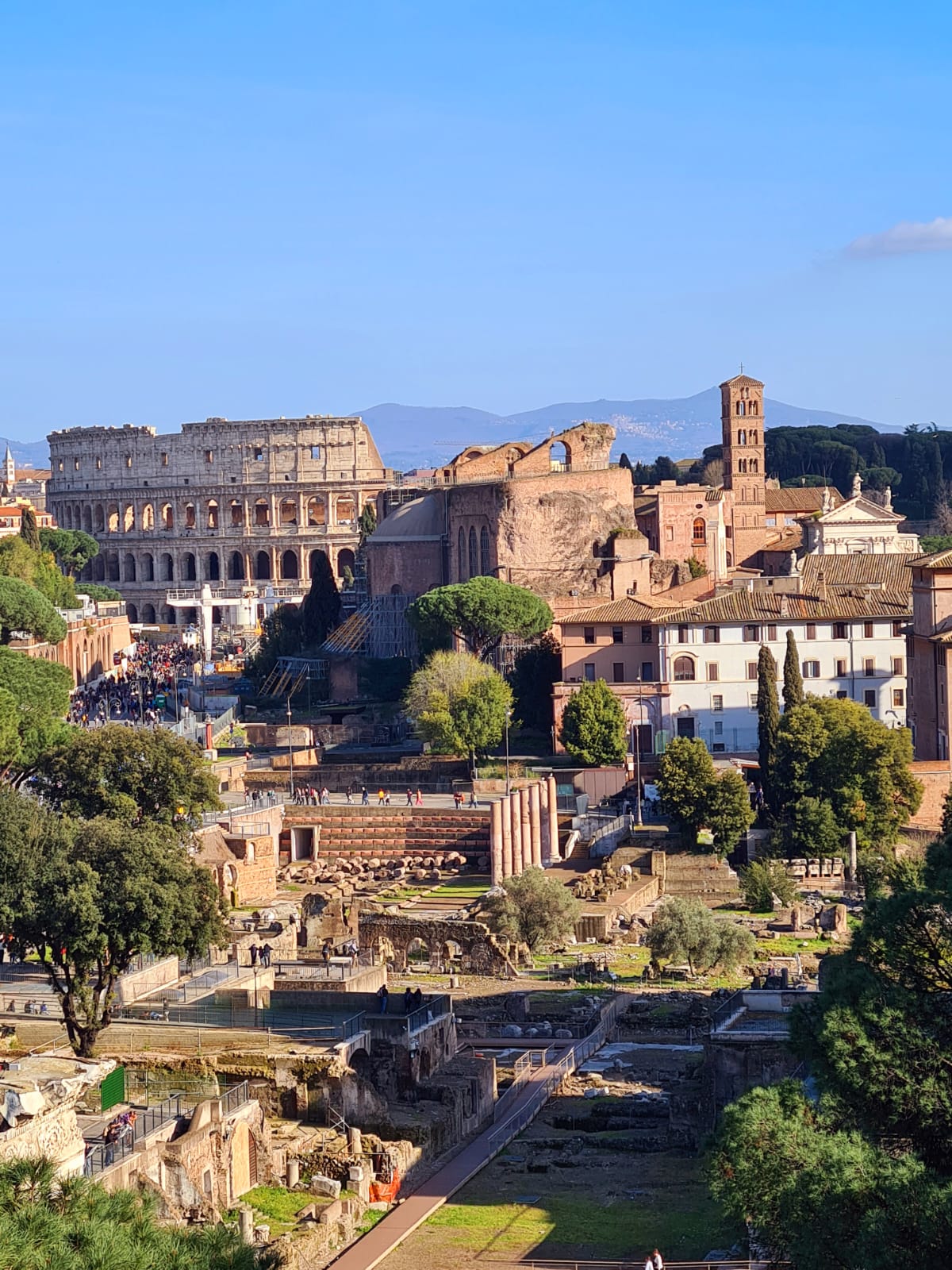
NBSC 2024
September 19-20, 2024 – ROME (ITALY)
The New Boundaries of Structural Concrete 2024
September 19-20, 2024
Department of Civil Engineering and Computer Science Engineering – Tunnelling Engineering Research Centre (TERC) of University of Rome Tor Vergata
VENUE
The event is jointly organized by American Concrete Institute (ACI) – Italy Chapter and by the Department of Civil Engineering and Computer Science Engineering of the University of Rome Tor Vergata, in Rome.
Rome’s architecture, over the centuries, has greatly developed, especially from the Classical and Imperial Roman styles to modern fascist
architecture. Rome was for a period one of the world’s main epicentres of classical architecture, developing new forms such as the arch, the dome and the vault.
The Romanesque style in the 11th, 12th, and 13th centuries was also widely used in Roman architecture, and later the city became one
of the main centres of Renaissance, Baroque and neoclassical architecture.
One of the symbols of Rome is the Colosseum (70–80 AD), the largest amphitheatre (Amphitheatrum Flavium) ever built in the Roman Empire. Originally capable of seating 60,000 spectators, it was used for gladiatorial combat. Important monuments and sites of ancient Rome include the Roman Forum, the Domus Aurea, the Pantheon, Castel Sant’Angelo and more.
Rome: one of the most fascinating cities in the world
